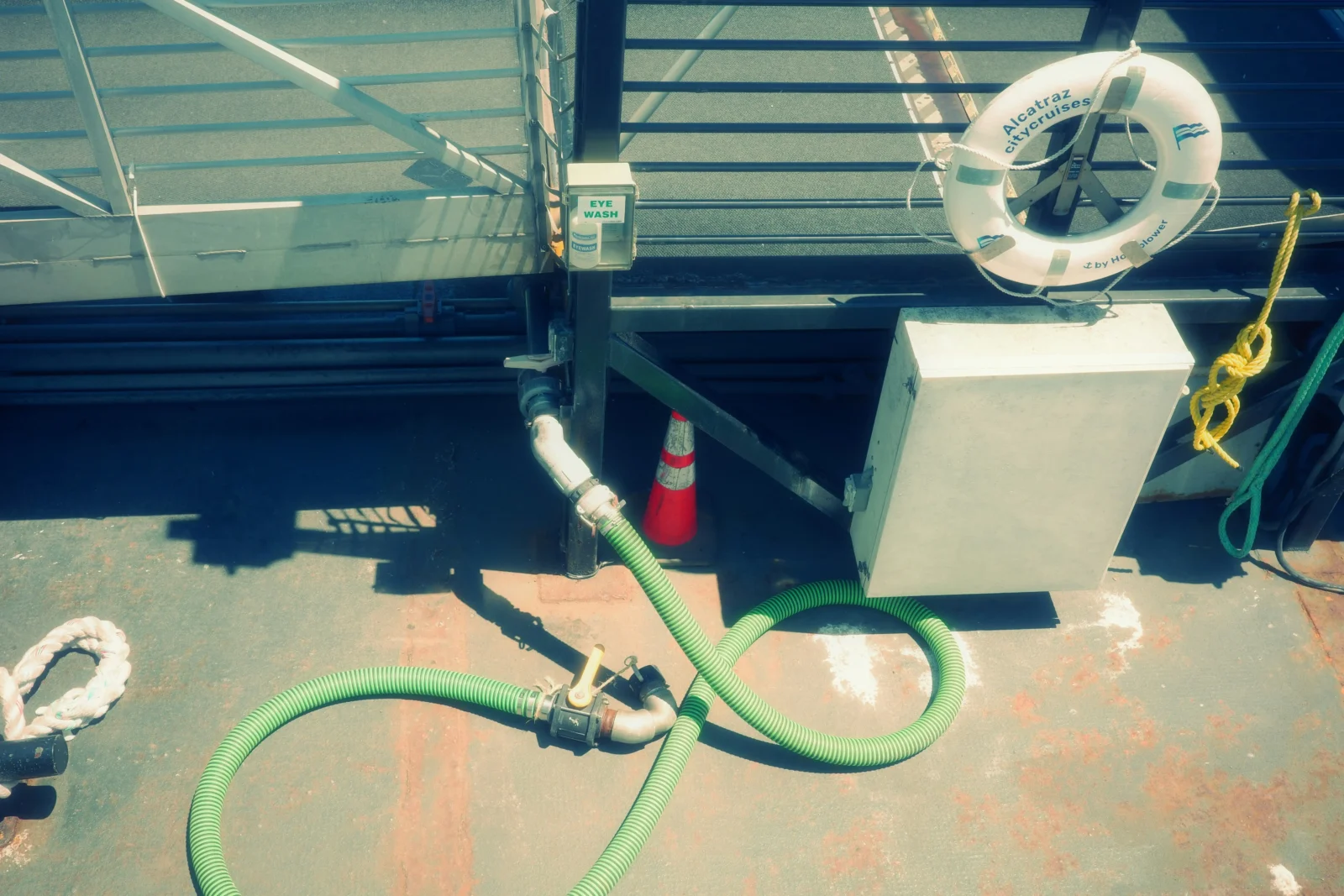- Home
- Articles
- Architectural Portfolio
- Architectral Presentation
- Inspirational Stories
- Architecture News
- Visualization
- BIM Industry
- Facade Design
- Parametric Design
- Career
- Landscape Architecture
- Construction
- Artificial Intelligence
- Sketching
- Design Softwares
- Diagrams
- Writing
- Architectural Tips
- Sustainability
- Courses
- Concept
- Technology
- History & Heritage
- Future of Architecture
- Guides & How-To
- Art & Culture
- Projects
- Interior Design
- Competitions
- Jobs
- Store
- Tools
- More
- Home
- Articles
- Architectural Portfolio
- Architectral Presentation
- Inspirational Stories
- Architecture News
- Visualization
- BIM Industry
- Facade Design
- Parametric Design
- Career
- Landscape Architecture
- Construction
- Artificial Intelligence
- Sketching
- Design Softwares
- Diagrams
- Writing
- Architectural Tips
- Sustainability
- Courses
- Concept
- Technology
- History & Heritage
- Future of Architecture
- Guides & How-To
- Art & Culture
- Projects
- Interior Design
- Competitions
- Jobs
- Store
- Tools
- More
Plumbing Nightmares? Don’t Panic! Your DIY Guide to Common Fixes

Have plumbing problems turned into a nightmare that will disturb the peace of your home and even your sleep? Dripping faucets, clogged drains, overflowing toilets and many more are plumbing problems that can occur in each home. As technology advances day by day, solutions become more practical, no worries! With the right tools, a bit of knowledge, and a can-do attitude, most plumbing nightmares can be transformed into manageable tasks.
So, roll up your sleeves and prepare to turn your plumbing nightmares into dreams of DIY success!
Table of Contents
ToggleA. The Clog Crusade: Battling Bathroom Backups
Bathroom backups are a common but scary problem that can happen in almost any home. We know that no one wants to face such a problem. What needs to be done before encountering such an outcome is regular cleaning and maintenance with the right chemicals, and timely replacement of pipes and installation elements in old bathrooms. Yet, it is possible to combat frequently encountered bathroom backup problems with household materials and a few tips.
Let’s dive into the specifics of tackling the most notorious bathroom backups.

The Hairy Horror: Unclogging Drains like a Pro
One of the most common causes of clogged drains is hair accumulation in shower and sink areas. To avoid clogging, you can make it a habit to not let your hair flow down the sink drain. But if you have encountered this problem, which can happen to anyone, before you fear this situation like a hair horror and push the hair that causes the blockage deeper, you can resort to strong and natural chemicals. Try saying goodbye to blockages caused by hair and soap accumulation by pouring baking soda and vinegar down the sink drain. If that’s not enough to clear the clog, you’ll need to get a plunger or a plumber’s snake. The trick is to use these tools with patience and precision, gently coaxing the clog out rather than forcing it deeper! To prevent any future plumbing disasters, it’s wise to invest in advanced smart drain UK solutions that can detect and address blockages before they escalate. These technologies offer peace of mind by keeping your drainage system efficient and low-maintenance.
The Toilet Tango: Taming the Overflowing Throne
Undoubtedly, an overflowing toilet is a worse scenario than any other plumbing problem. If this scenario has happened to you, the first thing you should do is make sure you turn off the water supply to prevent further flooding. If you do not get help from a professional, get a flange plunger specially designed for toilets and use it at this stage. When you keep this tool firm and steady, it will apply pressure to the toilet and eliminate the situation causing the blockage.
These are not always DIY situations because toilet overflows can sometimes signal deeper issues within the plumbing system. Homeowners based in Michigan’s Rose City like to click for plumbing services in Jackson, MI as soon as they notice recurring clogs or rising water levels that don’t resolve easily. Acting fast helps minimise water damage and ensures that the underlying cause is properly addressed. Reliable professionals can diagnose the issue and offer long-term solutions to prevent future emergencies.
B. The Dripping Dilemma: Fixing Faucet Frustrations
The problem of a dripping faucet becomes a real torture for everyone when it remains unresolved for a long time! It can cause great harm not only with its sound but also with wasting water and energy. Although unwanted drips may seem like a “drop”, they cause huge damage to your bill. To deal with this situation, first find out your faucet type. Is it compression, cartridge, ball, or disc? Afterwards it’s easy, with a few basic tools like a wrench, screwdriver, and plumber’s tape, you’re ready to stop dripping forever!
The Leaky Leak: Tightening Up Your Taps
Sometimes a dripping faucet only happens due to loosening of parts during long-term use. If you know which type of faucet you have, obtain the appropriate wrenches for tightening the faucet elements. Then, close the valve of the water supply to the faucet. Carefully tighten any loose nuts or fittings inside the faucet.
The Dripping Disaster: Replacing Worn-Out Washers
Leaks from faucets are frequently caused by worn-out washers. The majority of the water pressure is applied to these tiny but vital parts, which causes wear over time. The first step in replacing a washer is to make sure that the new washer is the right size and type for your faucet. Once the water supply is off and the faucet is disassembled, take out the old washer and replace it with a new one, making sure it fits tightly. Additionally, it’s a good idea to check the valve seat for damage, since this might lead to an early failure of the replacement washer. Reassemble everything and turn on the water once the new washer is in position. Success is shown by the feared drip not being present.
C. The Gurgling Geyser: Taming Toilet Troubles
Toilet problems are real troubles that disrupts your sleep, disturbs the peace of your home and sometimes leads to waste. But in fact, toilet problems can be fixed permanently in a very short time with the right interventions. The trick is hub information and a little patience!
The Running River: Fixing a Leaky Toilet Tank
To address a leaky toilet tank, start by examining the flapper. Turn off the water supply and flush the toilet to empty the tank. Check the condition of the flapper; if it’s worn out or broken, replacing it is a straightforward and affordable fix. If the flapper seems intact, the fill valve might be the culprit. Adjusting or replacing a malfunctioning fill valve can stop water waste and restore your toilet to working order. Additionally, ensure the tank’s water level is maintained at one inch below the overflow tube. By carefully addressing these issues, you can ensure that the inefficient river of water stops flowing smoothly. For specialized needs, consider options like a saniaccess 3 toilet for enhanced functionality.
The Phantom Flush: Silencing a Noisy Toilet
You may follow the same procedures as for a leaky tank to silence a noisy toilet: check and perhaps replace the flapper. Examine the fill valve’s condition and the integrity of the tank-to-bowl seals if the issue continues. The problem can occasionally be fixed by clearing mineral buildup from the inside of the tank and the valve, which enables the parts to operate properly. The toilet may also be kept silent by adjusting the float to guarantee that the fill valve closes correctly.
2. Gear Up for Glory: Essential Tools for DIY Plumbing
DIY plumbing repairs are a little more than confidence, the right knowledge and patience: having the right tools. If you are determined not to get professional support for plumbing repairs, let’s examine the Essential tools you should have in your home just in case.
A. Your Plumbing Arsenal: Must-Have Tools for Every Toolbox
An essential plunger is always prepared to clear blockages in sinks, drains, and toilets; it frequently just takes a little work to solve problems. The adjustable wrench is essential for tightening and loosening nuts and bolts on faucet assemblies, while the pipe wrench, with its sturdy grip, serves as a plumber’s right hand for twisting pipes. Plumber’s tape, often known as Teflon tape, is a little but formidable ally that keeps pipe threads tightly sealed to prevent leaks. An auger, often known as a plumber’s snake, will go deep into toilets and drains to clear up stubborn jams that defy plungers.
B. Safety First: Essential Precautions for DIY Plumbing
Prioritizing safety before beginning any plumbing operation can guarantee both the project’s success and your own health. It is essential to use protective gear, including gloves and goggles, to protect oneself from the inevitable splashes, dirt, and sharp items that one may meet. It’s critical to recognize the intricacy of the plumbing problem at hand. Potential catastrophes can be avoided by being aware of your limitations and not being afraid to hire specialists for tasks that are outside your area of competence. To prevent unintentional flooding, always be sure to shut off the main water supply before starting any repairs.
For those tackling home plumbing DIY projects, it’s crucial to arm yourself with the right tools and knowledge. Whether it’s fixing a leaky faucet or addressing a clogged drain, a bit of know-how can save both time and money. In Sydney, where plumbing issues can arise unexpectedly, it’s especially important to be prepared. One common problem many homeowners face is a blocked drain. To tackle this, it’s essential to have the right tools on hand and know the proper techniques. Unblock your drain in Sydney by using a combination of a plunger, plumbing snake, and environmentally-friendly drain cleaners. With a bit of patience and persistence, you can keep your plumbing flowing smoothly without the need for professional assistance.
3. Step-by-Step Solutions: Conquering Your Plumbing Nightmare
If you are sure for solving your plumbing problems such as dripping faucets, bathroom backups, and toilet overflows on your own, without getting professional support, you should work very carefully. Manage your DIY repair process step by step to care about the safety and energy efficiency of you and your home. Stop plumbing problems from being a nightmare and focus on solving the problem. Most of the time, what disrupts a working system is a problem with a small part.
Make sure you take the right steps by focusing on the solution goal and have the appropriate tools with you. In the end, victory is yours!

4. When to Call in the Cavalry: Recognizing When DIY Isn’t Enough
When it comes to DIY plumbing, knowing when to call in reinforcements is just as crucial as making the initial decision to take on the problem yourself. When issues continue to arise despite numerous attempts at repair, they should be professionally diagnosed, underscoring the limitations of do-it-yourself fixes.
Remember that this is not a defeat, on the contrary, it is one of the strategic steps taken to solve the problems permanently and not to see the same nightmare again.
A. Signs It’s Time for Professional Help
In order to stop future deterioration, signs of water damage, such as mold development or structural weakening, require an expert’s examination and repair. For homeowners in Los Angeles facing such issues, professional water damage restoration in L.A. can effectively mitigate mold and structural concerns, ensuring a safe and thorough recovery. Large-scale installations and upgrades, such as installing a new water heater or remodeling a bathroom, require the accuracy and knowledge of skilled specialists. Furthermore, any issues with gas lines should be resolved right away. Because of the extreme potential of accidents, only qualified professionals should be tasked with handling such dangerous jobs.
B. Finding the Right Plumber for Your Needs
Relying on personal recommendations might help you find reliable professionals in the plumbing industry, including a trusted Plumber Sydney residents c By confirming a plumber’s qualifications by looking up their license and area of specialization online, you may be sure that the person handling your home repair is qualified.
If you have the correct equipment, follow safety procedures, and know when to call a professional like North East Plumbing, you should be able to handle most plumbing problems without difficulty. This well-rounded strategy ensures the plumbing integrity of your house and your peace of mind while saving time and money.
illustrarch is your daily dose of architecture. Leading community designed for all lovers of illustration and #drawing.
Submit your architectural projects
Follow these steps for submission your project. Submission FormLatest Posts
8 Examples of Successful Disaster Resilient Architecture
As climate risks increase, architects around the world are creating innovative structures...
Preventing Cyber Threats in Smart Buildings by Design
The trend of integrating IoT technologies into buildings isn’t going away. More...
Procreate vs Photoshop: Should Architects and Designers Use Them for Architecture Work?
Procreate vs Photoshop for architects: see when to sketch on iPad and...
A Beginner’s Guide to Using Heat Pumps
Understanding home heating and cooling can be confusing, especially if you’re starting...












Leave a comment